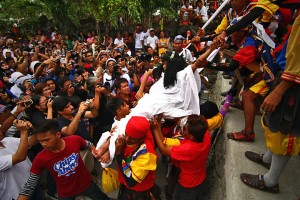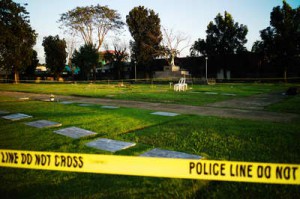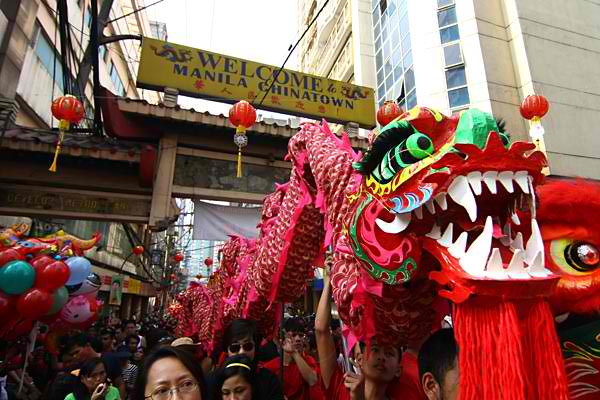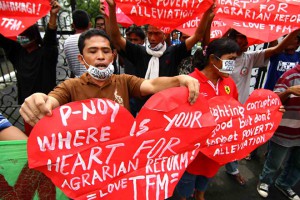Text, photos and video by VINCENT GO
THE village called Kapitangan in the town of Paombong in Bulacan is a known pilgrimage site that teems with devotees during Holy Week, particularly on Maundy Thursday and Good Friday.
It is where Catholic devotees engage in self-flagellation, with a few going to the extreme of having themselves crucified as an act of repentance and sharing in the sufferings of Jesus Christ.
This year, five men and a woman were crucified, among them 51-year-old Sonny Bautista, a person with disability. Bautista hails from Hagonoy town, has been mute since childhood and has been coming to Kapitangan to be crucified for 14 years now.
After his crucifixion, Baustista explained why he goes through the painful the ordeal every year. He simply wrote on the wall with his finger, “Para sa kasalanan ng tao (For the sins of man).”
The Catholic Church looks upon crucifixion or flagellation as part of popular religiosity practiced by people who pray for a particular need or who believe they sanctify themselves resorting to such practices. The Catholic hierarchy discourages such acts, yet its call against what it describes as “popular religiosity” goes unheeded.
The Church allows Holy Week activities that are consistent with the teachings on the passion, death and resurrection of Jesus Christ. Church leaders say it is enough to remember the life and death of Christ during Holy Week through fasting and abstinence, prayer, the giving of alms, reflection, and repentance.
The yearly event at Kapitangan has attracted thousands of spectators, including foreign tourists, curious to see firsthand people who endure pain in the belief doing so cleanses them of sin.
But while penitents believe their souls are cleansed, the Department of Health (DOH) warned them their bodies are magnets for infection that could give them more than a Holy Week agony.
“Due to the unclean process being practiced, crucifixion and self-flagellation may cause infection or worse, tetanus, to the penitent. Tetanus, we have to remember, could result to death,” noted DOH–Emerging and Re-emerging Infectious Diseases Program manager Dr. Lyndon Lee Suy
Another attraction this year at Kapitangan was Precy Valencia, a faith healer and the only female to be crucified. Asked for an interview after being brought down from the cross, she said that she was no longer “Precy” but had turned into the incarnation of the Child Jesus or Santo Niño.




